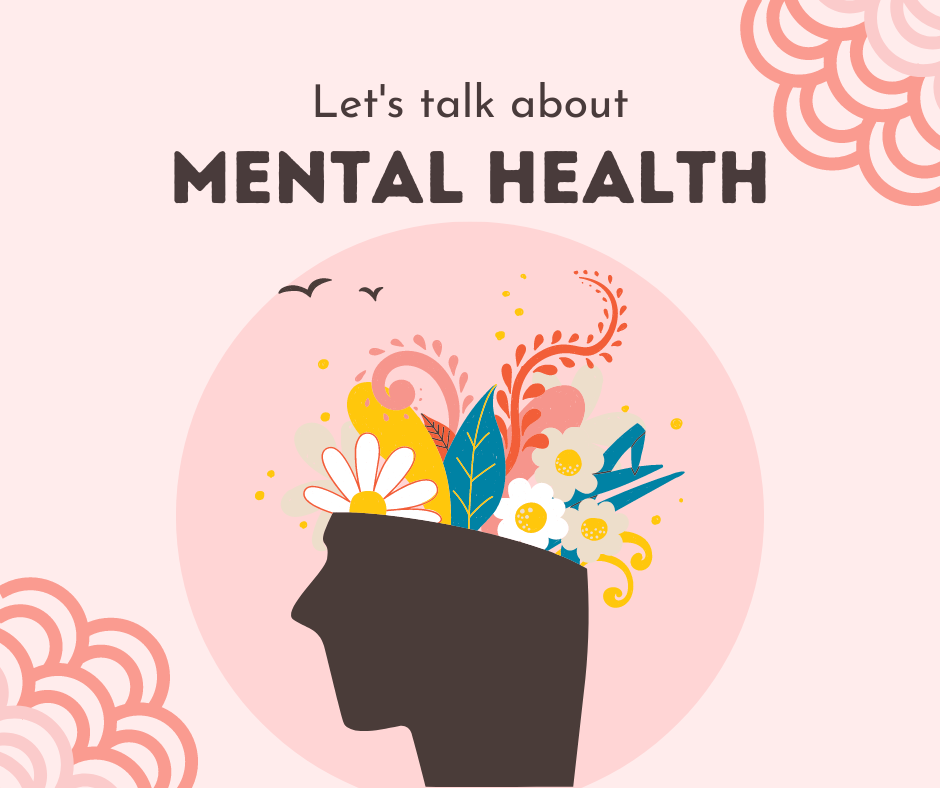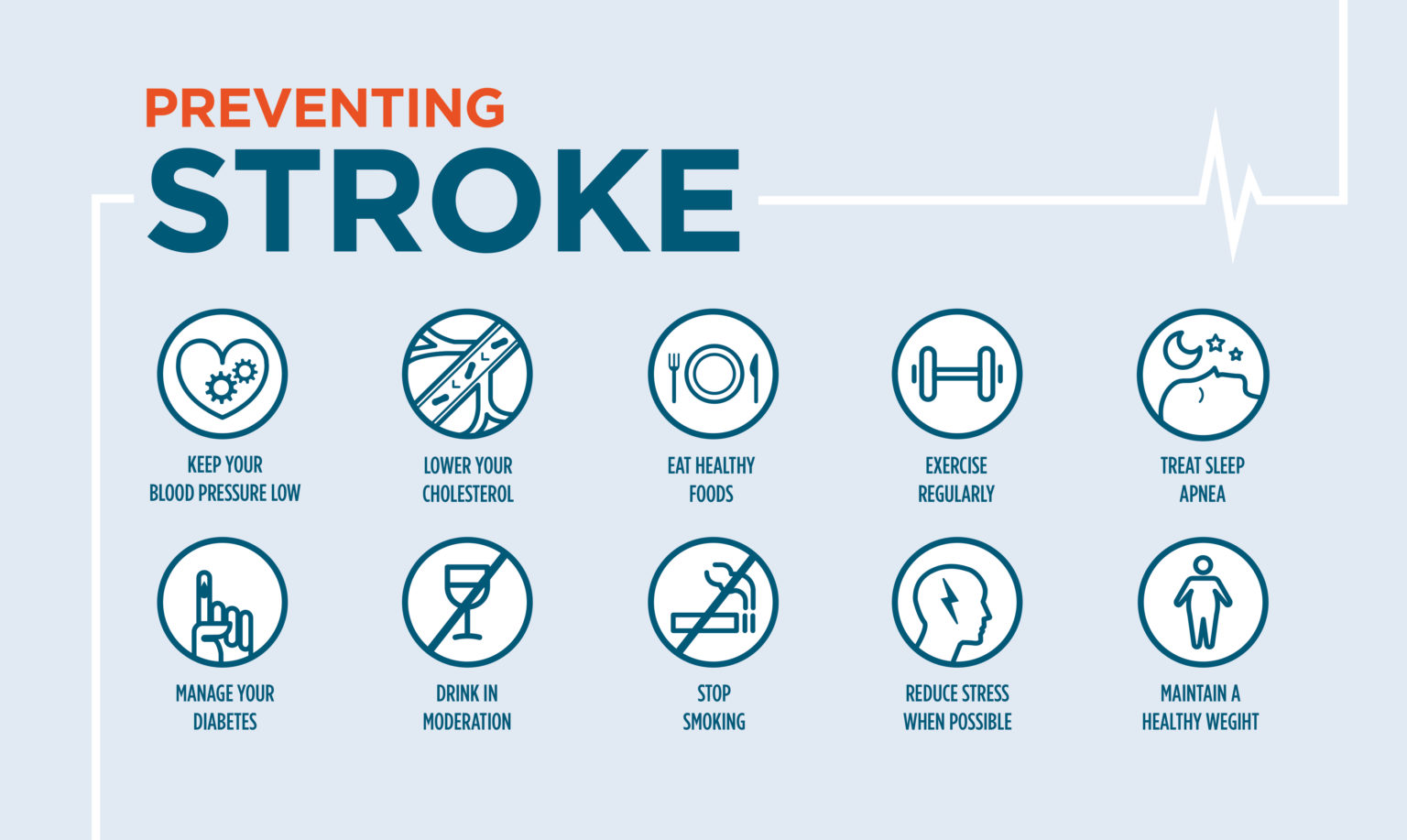1. Understanding Blood Pressure and Hypertension
Definition and Measurement
Blood pressure is the force exerted by circulating blood upon the walls of blood vessels. It is measured using two numbers: systolic pressure, which occurs during a heartbeat, and diastolic pressure, which occurs between heartbeats.
Blood Pressure Levels
- Normal: Less than 120/80 mm Hg
- Elevated: Systolic 120-129 mm Hg, Diastolic less than 80 mm Hg
- Stage 1 Hypertension: Systolic 130-139 mm Hg, Diastolic 80-89 mm Hg
- Stage 2 Hypertension: Systolic 140 mm Hg or higher, Diastolic 90 mm Hg or higher
- Hypertensive Crisis: Systolic greater than 180 mm Hg, Diastolic greater than 120 mm Hg
Risks and Symptoms
High blood pressure often presents no symptoms, earning it the nickname “the silent killer.” Despite the lack of symptoms, untreated hypertension can lead to severe health complications, including heart attack, stroke, heart failure, vision loss, kidney disease, dementia, and sexual dysfunction.
2. Immediate Reduction Techniques
Breathing Exercises
Engaging in deep breathing exercises can effectively reduce heart rate and promote relaxation, which helps lower blood pressure.
Hydration
Drinking water is crucial in combating dehydration-induced blood pressure spikes. Staying hydrated helps maintain optimal blood pressure levels.
Lying Down
Lying flat can aid in blood flow and promote relaxation, which can help lower blood pressure quickly.
Cold Showers
Taking a cold shower can initially raise blood pressure but will subsequently lower it upon rewarming, aiding in overall blood pressure reduction.
Mild Physical Activity
Engaging in light physical activities such as walking or stretching can help lower blood pressure by promoting better circulation and reducing stress.
Dietary Adjustments
Incorporate foods and drinks known to lower blood pressure into your diet, such as dark chocolate (rich in flavonoids), beetroot and apple juice, and hibiscus tea.
Isometric Handgrip Exercise
Using an isometric handgrip device can significantly lower systolic blood pressure by 8-10 mm Hg over a period of eight weeks. This simple exercise can be done with minimal effort and incorporated into daily routines.
3. Long-Term Lifestyle Changes
Weight Management
Maintaining a healthy weight is crucial for managing blood pressure. Aim to keep your Body Mass Index (BMI) between 18.5 and 24.9 kg/m². Reducing central obesity through exercises like jogging, walking, and high-intensity interval training (HIIT) can significantly improve your overall health.
Regular Physical Activity
Engaging in regular physical activity is essential for long-term blood pressure control. Aim for 90-150 minutes of exercise per week, which translates to about 30 minutes daily. Suitable activities include walking, dancing, jogging, cycling, and swimming.
Quit Smoking
Smoking and exposure to secondhand smoke are detrimental to blood pressure management. Quitting smoking can lead to significant health improvements and reduced blood pressure.
Adequate Sleep
Quality sleep is vital for overall health. Aim for 7-9 hours of uninterrupted, quality sleep each night to help regulate blood pressure and support overall well-being.
Stress Management
Effectively managing stress can positively impact blood pressure. Use relaxation techniques such as yoga, meditation, and deep breathing exercises. Additionally, engage in enjoyable activities and maintain a strong support network to help manage stress levels.
4. Dietary Recommendations
Heart-Healthy Foods
Incorporating heart-healthy foods into your diet is essential for managing blood pressure. Focus on including a variety of fruits, vegetables, whole grains, lean proteins, and low-fat dairy products. Additionally, potassium-rich foods such as bananas and spinach are particularly beneficial.
DASH Diet
The Dietary Approaches to Stop Hypertension (DASH) diet is highly recommended for lowering blood pressure. Follow these guidelines:
- Consume 4-5 servings of fruits and vegetables daily.
- Include 6-8 servings of whole grains each day.
- Aim for up to 6 servings of low-fat proteins, such as fish, poultry, and legumes, daily.
- Incorporate 2-3 servings of low-fat dairy products into your daily diet.
- Enjoy 4-5 servings of nuts, seeds, and beans each week.
Reduce Sodium Intake
Reducing sodium intake is critical for blood pressure management. Aim to limit your daily sodium consumption to 1,500 mg. Avoid processed foods, which often contain high levels of sodium, and use herbs and spices as alternatives to salt for flavoring your meals.
Avoid Unhealthy Foods
To maintain healthy blood pressure, avoid foods high in trans fats, saturated fats, and added sugars. Additionally, limit your intake of caffeine and alcohol, as these can negatively impact blood pressure levels. Focus on a balanced diet that supports cardiovascular health and overall well-being.
5. Medication and Supplements
Medication Adherence
Adhering to prescribed medication regimens is essential for effective blood pressure management. Take your medications as directed by your healthcare provider and use reminders, such as alarms or pill organizers, to ensure you do not miss any doses.
Supplements
Certain supplements can support blood pressure control. Consider incorporating the following into your regimen, after consulting with your healthcare provider:
- Coenzyme Q10: An antioxidant that may help reduce oxidative stress.
- Beet Root Juice: Known to increase nitric oxide levels, aiding in blood vessel dilation.
- L-arginine: An amino acid that helps produce nitric oxide.
- Cocoa Flavonoids: Antioxidants that support cardiovascular health.
- Melatonin: A hormone that can improve blood vessel function.
- Aged Garlic Extract: Known to help relax blood vessels and reduce stiffness.
Vitamins
Including specific vitamins in your diet can aid in blood pressure regulation:
- Vitamin C: Acts as an antioxidant, protecting blood vessel linings.
- Potassium: Helps regulate sodium levels and supports heart function.
- Vitamin D: Supports the production of the enzyme renin, which is linked to blood pressure regulation. Ensure adequate intake through diet, supplements, or sunlight exposure.
6. Emergency High Blood Pressure Management
Recognizing a Hypertensive Crisis
A hypertensive crisis occurs when blood pressure reaches or exceeds 180/120 mm Hg and is accompanied by symptoms. If you experience any of the following symptoms, seek immediate medical attention:
- Vision changes
- Chest pain
- Shortness of breath
- Numbness
- Difficulty speaking
Hypertensive Urgency
In cases where blood pressure is elevated to 180/120 mm Hg or higher without accompanying symptoms, it is considered a hypertensive urgency. In such situations, wait for about 5 minutes and then recheck your blood pressure.
Emergency Measures at Home
If you experience a spike in blood pressure without symptoms, you can try the following measures at home to temporarily reduce it:
- Engage in deep breathing exercises to help relax and lower blood pressure.
- Lie down to promote better blood flow and relaxation.
- Take a cold shower, which can initially raise and then lower blood pressure upon rewarming.
- Drink water to stay hydrated and help manage blood pressure levels.
If your blood pressure remains high and you start experiencing symptoms, call 911 or seek emergency medical care immediately.
7. Special Considerations During Pregnancy
Types of Hypertension
During pregnancy, hypertension can manifest in several forms, each requiring specific attention and care:
- Chronic Hypertension: High blood pressure present before pregnancy or diagnosed before 20 weeks of gestation.
- Gestational Hypertension: High blood pressure that develops after 20 weeks of pregnancy without other symptoms.
- Preeclampsia: A serious condition characterized by high blood pressure and signs of damage to another organ system, often the kidneys.
- HELLP Syndrome: A severe form of preeclampsia that involves Hemolysis, Elevated Liver enzymes, and Low Platelet count.
- Eclampsia: The onset of seizures in a woman with preeclampsia, requiring immediate medical intervention.
Management Strategies
Effective management of hypertension during pregnancy is crucial for the health of both the mother and the baby. Recommended strategies include:
- Regular Prenatal Visits: Consistent monitoring by healthcare providers to track blood pressure and overall health.
- Physical Activity: Engage in safe, moderate physical activities as advised by your healthcare provider.
- Heart-Healthy Diet: Follow a diet rich in fruits, vegetables, whole grains, and lean proteins while avoiding excessive salt and processed foods.
- Low-Dose Aspirin: Your doctor may recommend taking a low dose of aspirin daily to help prevent preeclampsia.
- Safe Medications: Use only those blood pressure medications that are deemed safe during pregnancy, as prescribed by your healthcare provider.
Conclusion
Managing high blood pressure involves a combination of immediate actions, long-term lifestyle changes, dietary adjustments, medication adherence, and understanding how to handle emergencies. By following these comprehensive steps, individuals can effectively lower and maintain their blood pressure, reducing the risk of serious health complications. Always consult healthcare providers for personalized advice and treatment plans.



